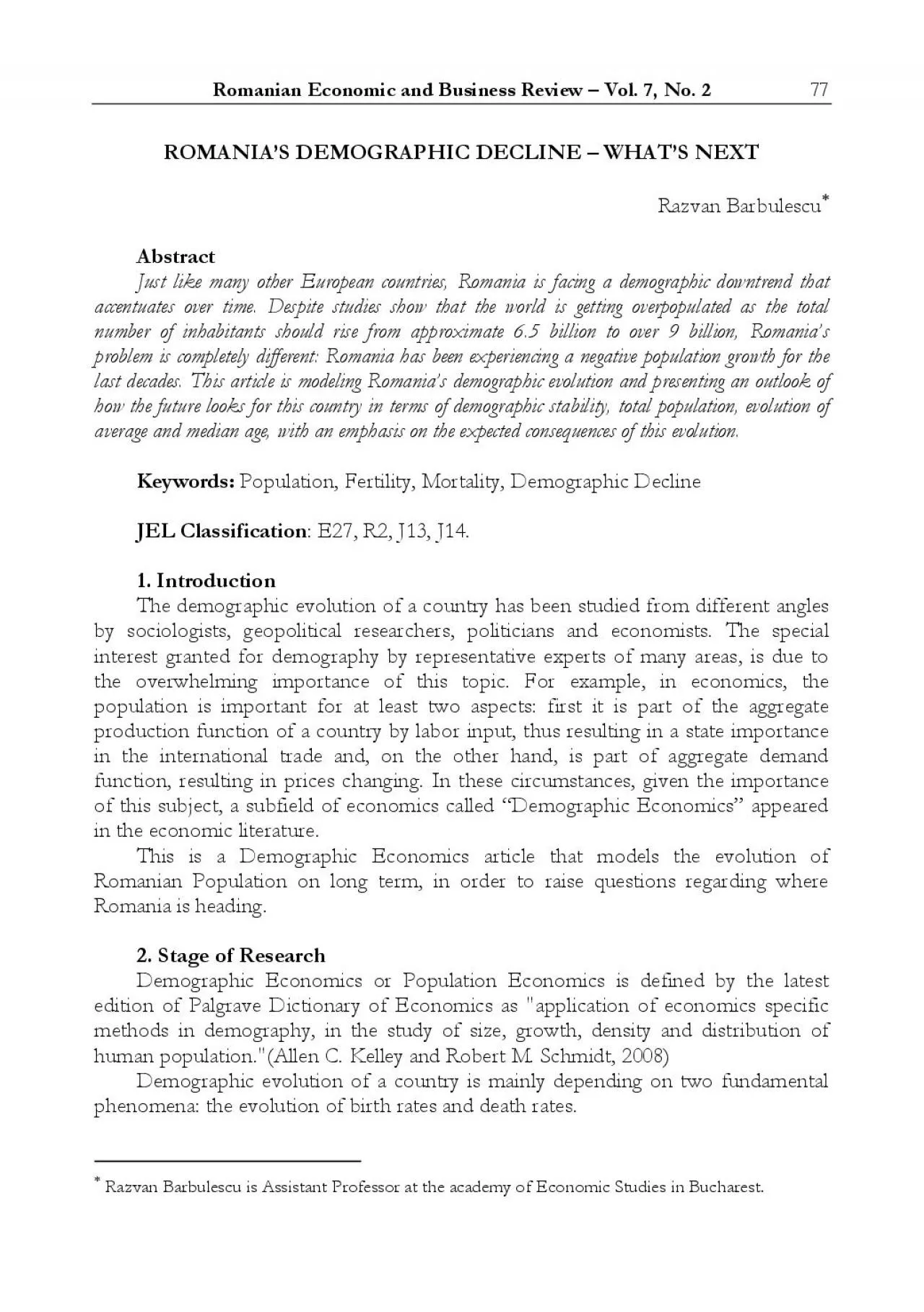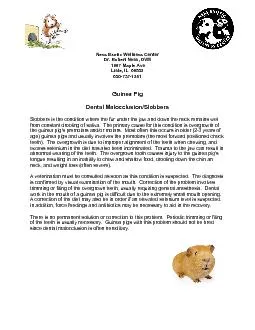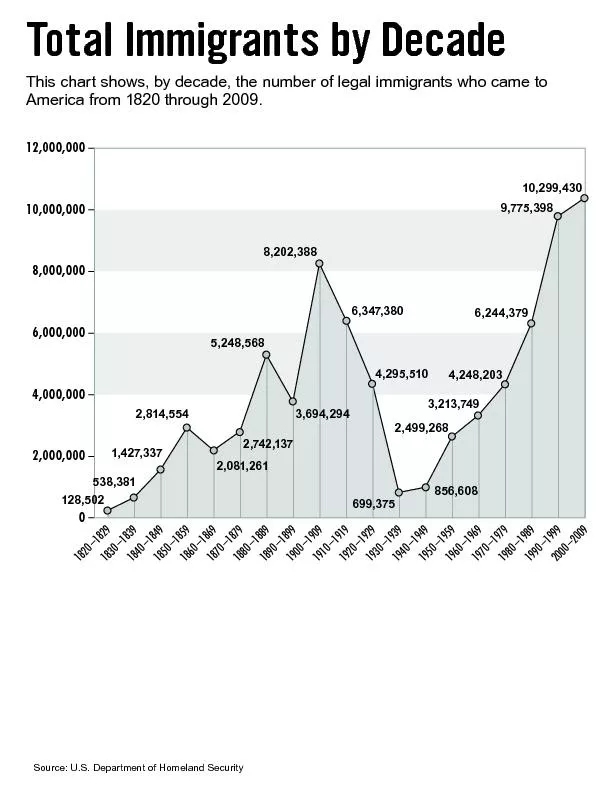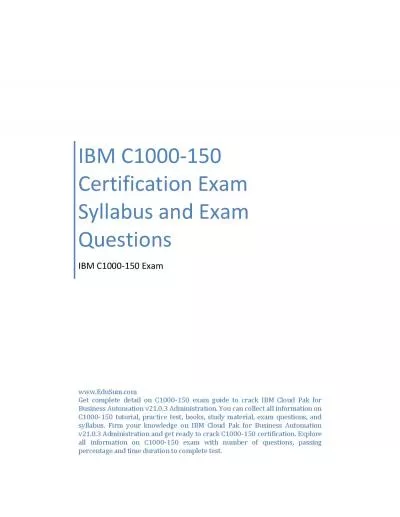PDF-ness Review 150 Vol 7 No 2
Author : victoria | Published Date : 2021-06-17
ROMANIA146S DEMOGRAPHIC DECLINE 150 WHAT146S NEXT Just like many other European countries Romaaccentuates over time Despite studies show that the world is getting
Presentation Embed Code
Download Presentation
Download Presentation The PPT/PDF document "ness Review 150 Vol 7 No 2" is the property of its rightful owner. Permission is granted to download and print the materials on this website for personal, non-commercial use only, and to display it on your personal computer provided you do not modify the materials and that you retain all copyright notices contained in the materials. By downloading content from our website, you accept the terms of this agreement.
ness Review 150 Vol 7 No 2: Transcript
Download Rules Of Document
"ness Review 150 Vol 7 No 2"The content belongs to its owner. You may download and print it for personal use, without modification, and keep all copyright notices. By downloading, you agree to these terms.
Related Documents














